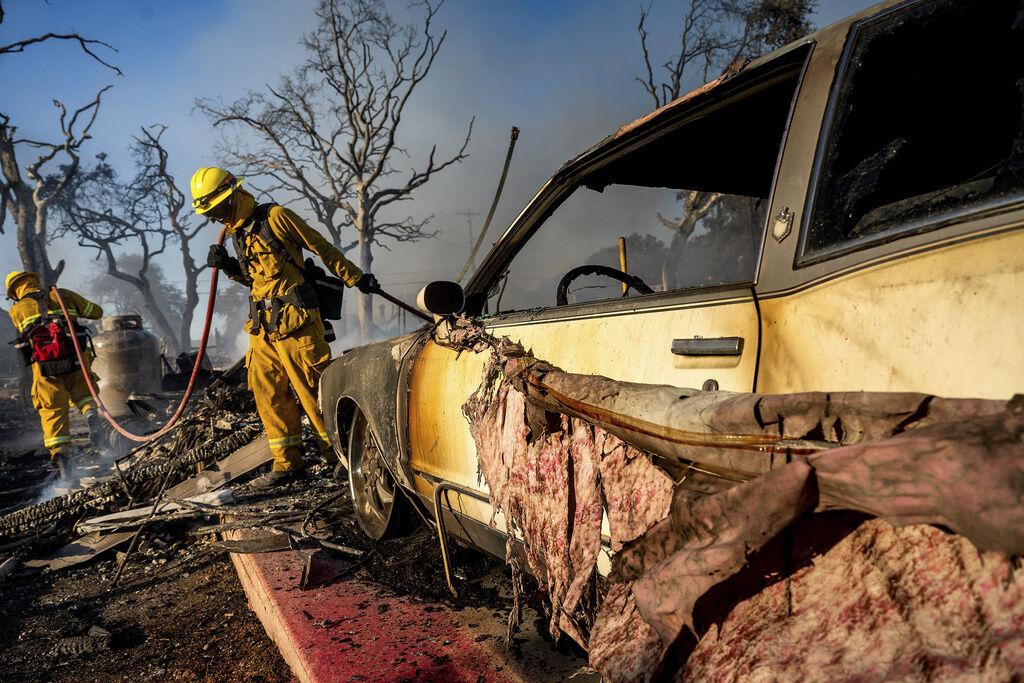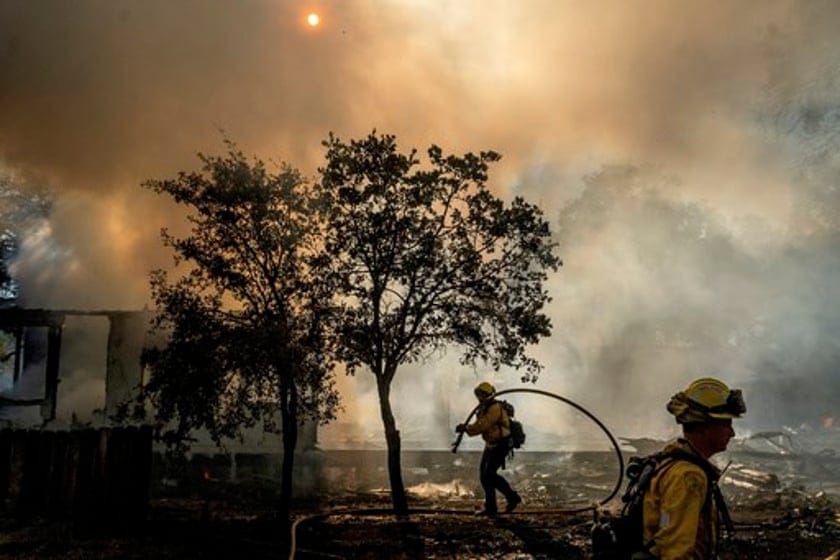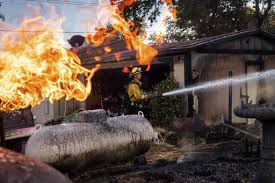Thousands Evacuate as Wildfires Rage Outside Los Angeles and Reno, Nevada: Peace Network Steps In with Aid and Innovation

As wildfires blaze across Southern California and Nevada, thousands have been forced to evacuate their homes. The most severe fires are engulfing the foothills of the San Bernardino National Forest, east of Los Angeles, threatening over 36,000 structures. In Reno, Nevada, a major blaze has led to the evacuation of approximately 20,000 people. Extreme heat and rugged terrain are complicating firefighting efforts, making the situation increasingly dire. Amid this crisis, the Peace Network is providing critical support through its innovative approach to disaster relief.

Southern California and Nevada Wildfires: A Growing Crisis
In Mountain Home Village, California, the Line Fire continues to ravage communities, fueled by triple-digit temperatures and dry vegetation. The fire has already consumed about 37 square miles (96 square kilometers) of land, destroying homes and commercial buildings. With only 5% of the fire contained, residents face tough decisions about whether to stay and protect their properties or evacuate.
In Reno, Nevada, the Davis Fire has spread across 10 square miles (26 square kilometers), prompting large-scale evacuations. Originating in Davis Creek Regional Park, the fire is burning through dense timber and brush. Emergency declarations have been issued, and firefighting efforts are being hampered by the vast and challenging terrain. State authorities and firefighters are working tirelessly to control the blaze and safeguard both people and property.

The Peace Network's Role in Disaster Relief
In response to these devastating wildfires, the Peace Network is stepping up with its innovative approach to humanitarian aid. While the organization is known for its use of blockchain technology, its immediate focus is on deploying effective aid strategies and supporting affected communities.
The Peace Network leverages its technological capabilities to ensure that aid is distributed efficiently and transparently. Their Peace Coin mining system helps generate funds for disaster relief, allowing for direct and clear allocation of resources. This system ensures that aid reaches those in need promptly and with maximum impact.

Training and Support for Volunteers
In addition to providing financial support, the Peace Network emphasizes training its volunteers to operate effectively in challenging environments. Volunteers are prepared to work in difficult and remote areas, such as those affected by the wildfires. Their training includes techniques for navigating rugged terrain and coordinating with local authorities to deliver aid where it is most needed.
During the current wildfire crisis, Peace Network volunteers are actively assisting with evacuation efforts and supporting displaced individuals. Their expertise allows them to work alongside local firefighting teams and emergency responders, enhancing the overall effectiveness of relief operations.
Charity Trips and Long-Term Impact
The Peace Network’s commitment extends beyond immediate disaster response. The organization frequently conducts charity missions to remote and underserved areas worldwide, providing essential supplies, medical care, and educational resources. This global perspective allows Peace to address both the immediate and long-term needs of affected populations.
In the aftermath of the wildfires, Peace plans to continue supporting the affected communities as they begin the recovery process. Their efforts will focus on rebuilding homes, restoring infrastructure, and supporting community development initiatives. This long-term commitment ensures that those affected by disasters receive sustained assistance and can fully recover.
As wildfires continue to ravage Southern California and Nevada, the Peace Network demonstrates the power of combining innovative approaches with dedicated humanitarian aid. By utilizing technology for efficient aid distribution and training volunteers to operate in challenging conditions, Peace is making a significant impact on disaster relief efforts. Their approach highlights the importance of integrating modern technology with compassionate, on-the-ground support to effectively address the needs of communities affected by natural disasters

